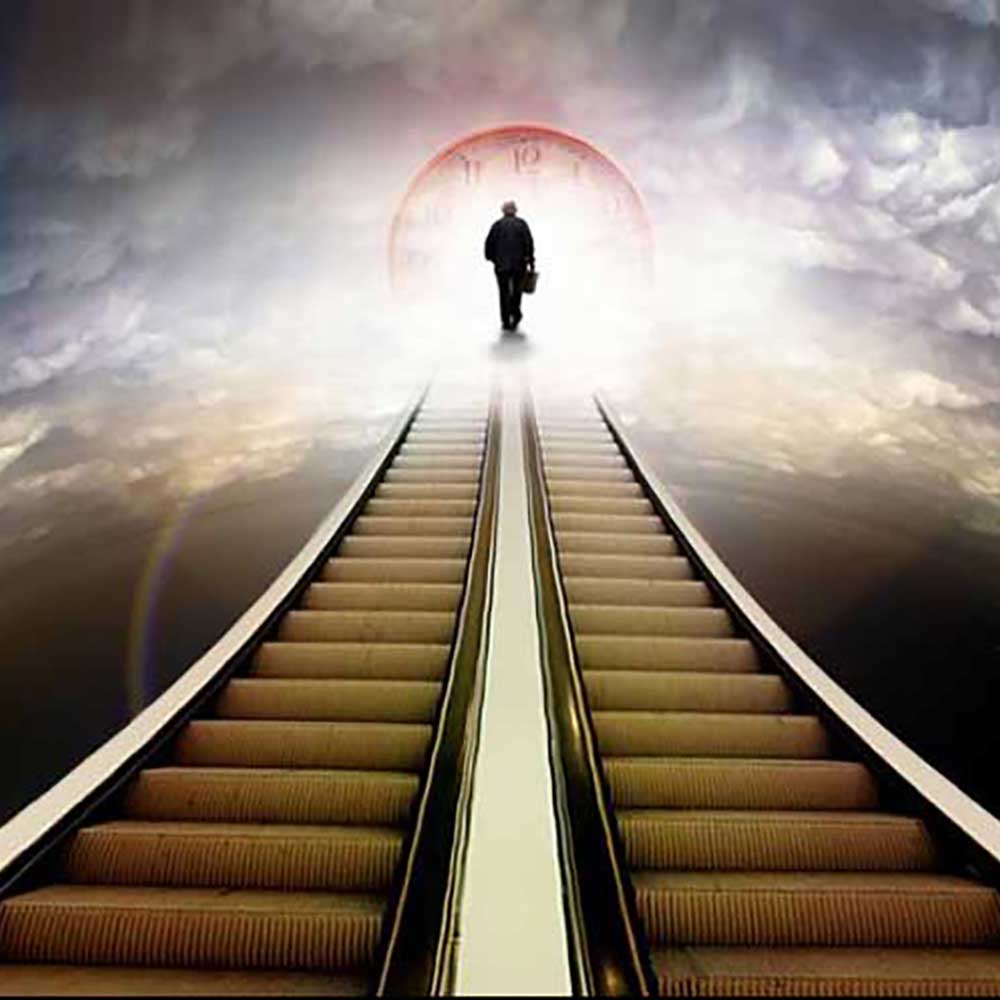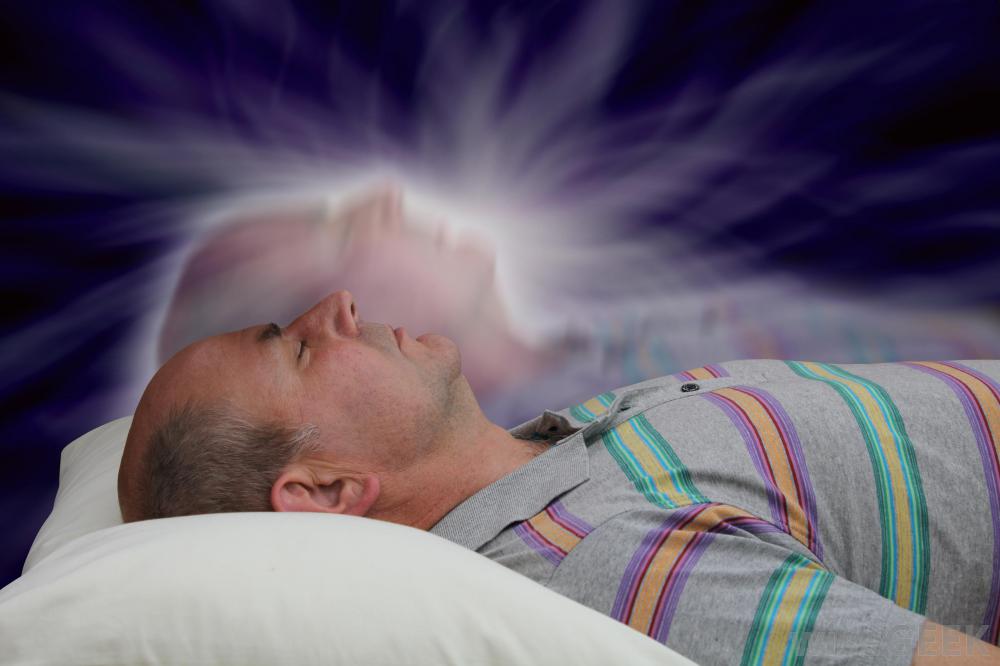[cs_content][cs_section parallax=”false” style=”margin: 0px;padding: 45px 0px;”][cs_row inner_container=”true” marginless_columns=”false” style=”margin: 0px auto;padding: 0px;”][cs_column bg_color=”hsl(0, 12%, 90%)” fade=”false” fade_animation=”in” fade_animation_offset=”45px” fade_duration=”750″ type=”2/3″ style=”padding: 0px;”][cs_text]Allan Kardec Born, Hippolyte Léon Denizard Rivail, 1804 -1869 (aged 64)
Allan Kardec was the nom de plume of the French educator, translator and author Hippolyte Léon Denizard Rivail. He is the author of the five books known as the Spiritist Codification, and is the founder of Spiritism.
Rivail was born in Lyon in 1804 and raised as a Roman Catholic.
He pursued interests in philosophy and the sciences, and became a follower and colleague of Johann Heinrich Pestalozzi. Rivail completed a number of educational courses including a Bachelor of Arts degrees in science and a doctorate in medicine and was multilingual including German, English, Italian, and Spanish in addition to his native French.
He was a member of several scholarly societies, including the Historic Institute of Paris (Institut Historique), Society of Natural Sciences of France (Société des Sciences Naturelles de France), Society for the Encouragement of National Industry (Société d’Encouragement pour l’Industrie Nationale), and The Royal Academy of Arras (Académie d’Arras, Société Royale des Sciences, des Lettres et des Arts). He organized and taught free courses for the underprivileged.[2][7]
Rivail’s work with Pestalozzi helped lay the foundations for education in schools in France and Germany.
For several decades, he helped advance Pestalozzi’s teaching methods in France, founding schools and working as a teacher, educational writer and translator.
Rivail was in his early 50s when he became interested in séances, which were a popular entertainment at the time.
Strange phenomena attributed to the action of spirits were considered a novelty, featuring objects that moved or “tapped”, purportedly under the control of ‘spirits’. In some cases, this was alleged to be a type of communication: the supposed spirits answered questions by controlling the movements of objects so as to pick out letters to form words, or simply indicate “yes” or “no”.
At the time, Franz Mesmer’s theory of animal magnetism had become popular. When confronted with the phenomena described, some researchers, including Rivail, pointed out that animal magnetism might explain them. Rivail, however, after seeing a demonstration, dismissed animal magnetism as insufficient to explain his observations.
As a result of these influences, Rivail began his own investigation of psychic phenomena, mainly mediumship.
During his initial investigation, he stated that before accepting a spiritual or paranormal cause for some phenomena, it would be necessary first to test if ordinary material causes could explain them.
He proposed that fraud, hallucination and unconscious mental activity might explain many phenomena regarded as mediumistic, and also proposed that telepathy and clairvoyance may be responsible.
He compiled over one thousand questions concerning the nature and mechanisms of spirit communications, the reasons for human life on earth, and aspects of the spiritual realm. He asked those questions to ten mediums, all purportedly unknown to each other, and documented their responses.
From these, he concluded that the best explanation was that personalities that had survived death were the source of at least some mediumistic communications.
He became convinced that the mediums: provided accurate information unknown to themselves or others present (e.g. personal information about deceased individuals); demonstrated unlearned skills such as writing by illiterate mediums, handwriting similar to the alleged communicating personality, and speaking or writing in a language unknown to the medium (xenoglossy and xenography); and accurately portrayed a range of personality characteristics of deceased individuals.
He compiled the mediums’ responses that were consistent and adapted them into a philosophy that he called Spiritism, which he initially defined as “a science that deals with the nature, origin, and destiny of spirits, and their relationship with the corporeal world.”
Rivail wrote under the name “Allan Kardec”, allegedly following the suggestion of a spirit identified as Truth. On 18 April 1857, Rivail (as Allan Kardec) published his first book on Spiritism, The Spirits’ Book, comprising a series of answered questions (502 in the first edition and 1,019 in later editions) exploring matters concerning the nature of spirits, the spirit world, and the relationship between the spirit world and the material world.
This was followed by a series of other books, including The Medium’s Book, The Gospel According to Spiritism, Heaven and Hell and The Genesis According to Spiritism, and by a periodical, the Revue Spirite, which Kardec published until his death. Collectively, the books became known as the Spiritist Codification.
Kardec’s research influenced the psychical research of Charles Richet, Camille Flammarion and Gabriel Delanne.
François Marie Gabriel Delanne (23 March 1857 – 15 February 1926) was a notable French spiritist, psychical researcher, writer, and electrical engineer. He is best known for his book, “Le Phénomène spirite” (The Spiritist phenomenon).
Delanne was born in Paris in 1857. His father, Alexandre Delanne, was a friend of the well-known founder of Spiritism, Allan Kardec, and his mother was an automatic writing medium. Delanne was one of the principal exponents of Spiritism, apart from Léon Denis after the death of Kardec.
Delanne’s writings were mainly concerned with the question of the immortality of the soul and with reincarnation. As a spiritist, he favoured a scientific approach to psychic phenomena.
He managed “La Revue scientifique et morale du spiritisme” (The Scientific and Ethical review of Spiritism), the journal of the “Union Spirite Française” (French Spiritist Union), from its first appearance in March 1883.
Gabriel Delanne died in Paris in 1926, and was buried in Père Lachaise Cemetery.
Allan Kardec’s grave is at the Cimetière du Père Lachaise. On it an inscription says Naitre, mourir, renaitre encore et progresser sans cesse, telle est la loi (“To be born, die, again be reborn, and so progress unceasingly, such is the law”).
After his death caused by aneurysm, Kardec was buried at the Cimetière du Père Lachaise. Leading astronomer, scientist and Spiritist Camille Flammarion attended his funeral.
[/cs_text][/cs_column][cs_column fade=”false” fade_animation=”in” fade_animation_offset=”45px” fade_duration=”750″ type=”1/3″ style=”padding: 0px;”][x_image type=”none” src=”https://jane-osborne.com/wp-content/uploads/2017/07/allen-kardec.jpg” alt=”” link=”false” href=”#” title=”” target=”” info=”none” info_place=”top” info_trigger=”hover” info_content=””][/cs_column][/cs_row][/cs_section][/cs_content]





